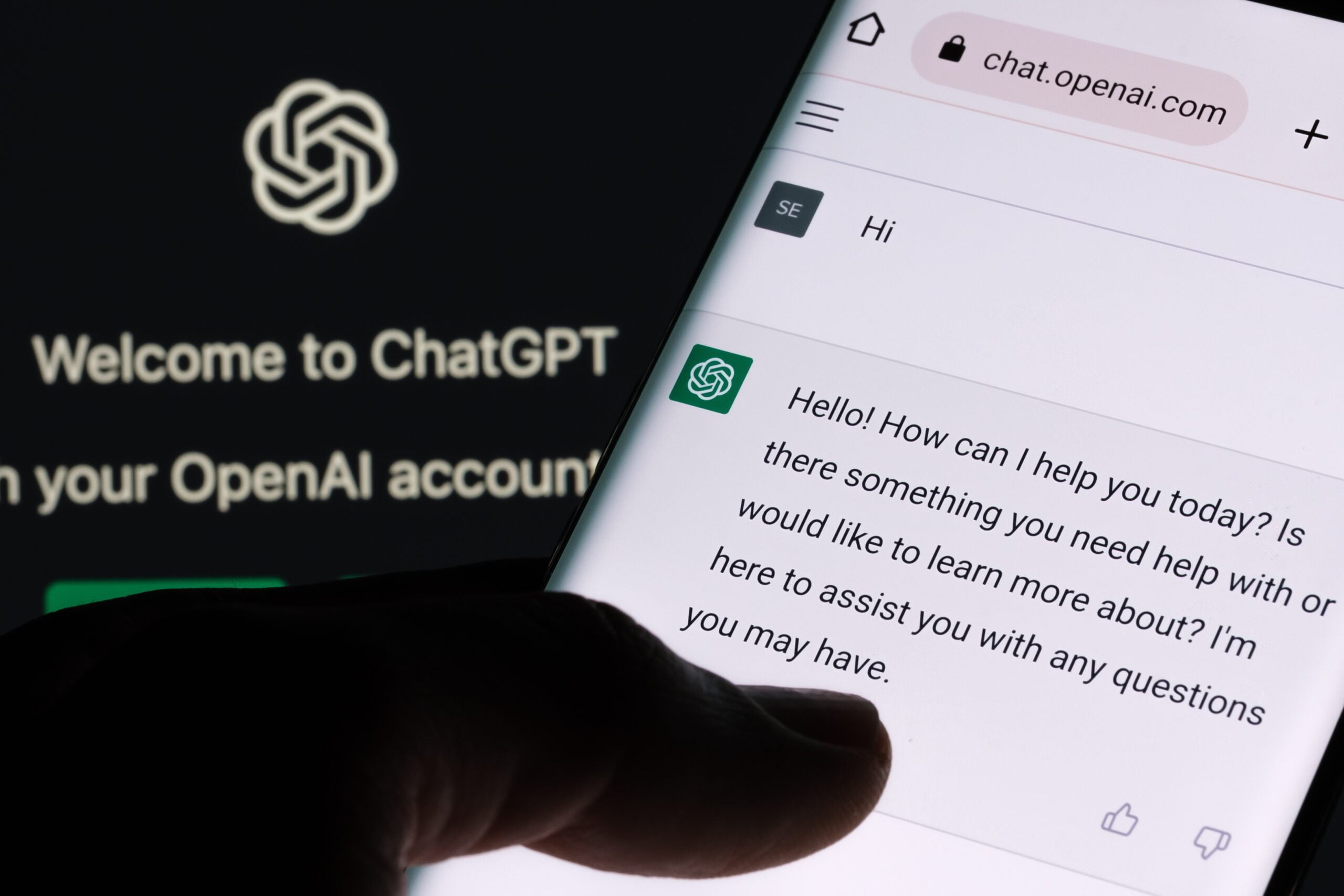
If asked about flame retardants, ChatGPT says they “can be effective in reducing the risk of fires”. The artificial intelligence large-language motor says that “phosphorus-based flame retardants are generally considered to be safer and less toxic than other types of flame retardant … less hazardous to human health … may have low toxicity and be less likely to accumulate in the environment”. Nitrogen-based FRs are also considered “less toxic … do not produce harmful by-products when exposed to heat or flames”. Melamine phosphate is also considered to be “safe and non-toxic” with no evidence of cancer risk. However, the AI seems somewhat confused or wrong when asked “What is a PIN FR”, indicating that all PIN FRs are nitrogen-based, that PIN stands for “polymerization induced by nitrogen”, and that PIN FRs act by a “polymerization reaction produces a protective layer of char”. The AI considers that “an effective and safe flame retardant technology, as they do not produce toxic or corrosive by-products when exposed to heat or flames. They are also considered to be environmentally friendly, as they do not contain halogens or heavy metals”. pinfa suggests to prefer other sources of information, such as the pinfa Academy slide set, which tries to be more accurate.